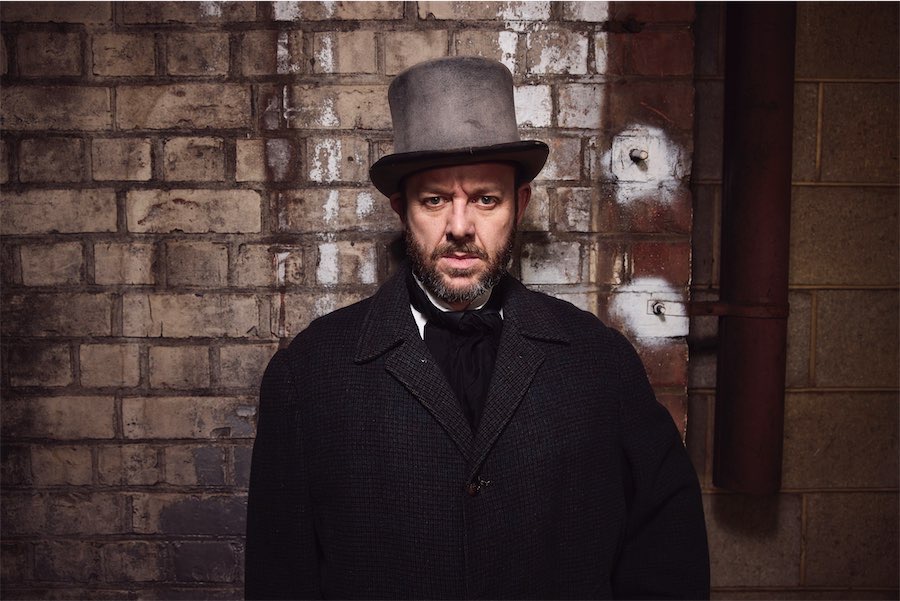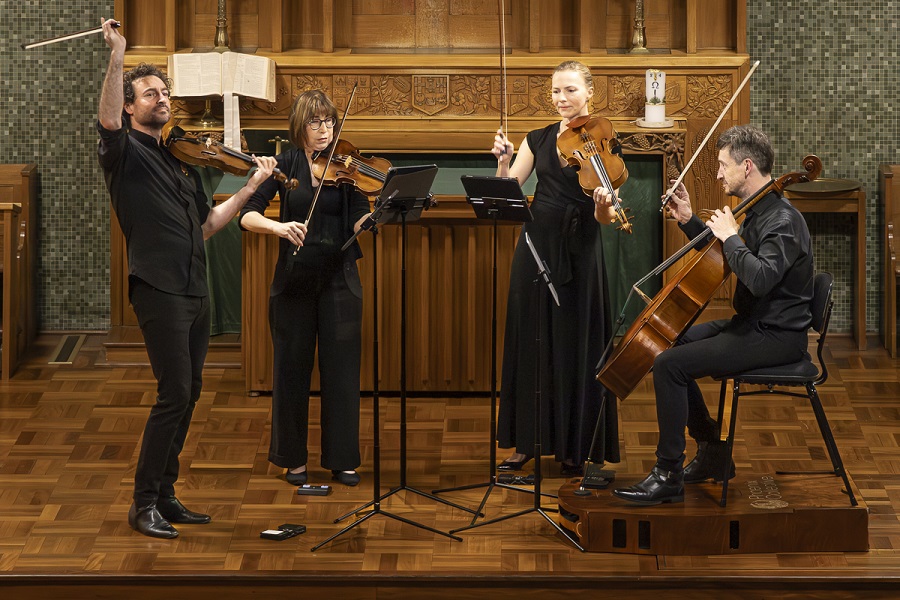
Music / Jeonghwan Kim in recital. At Wesley Music Centre, October 11. Reviewed by HELEN MUSA.
There were no prizes for guessing why so many people had packed into Wesley Music Centre, including an impressive turnout from the Korean community and their children, perhaps themselves budding pianists.
For pianist Jeonghwan Kim, once a child prodigy in Seoul then from age 11 trained in Berlin, was himself a prize winner, notably at Sydney International Piano Competition in 2023, where he won both First Prize and the Eileen Joyce Best Overall Concerto Prize.
This recital proved a formidable show of pianistic power, allowing Kim to showcase his extraordinary skills on the keyboard. While for most of the evening we heard the volume turned right up, Kim’s deceptively quiet endings showed what a skilled master of the keyboard he is.
At times crouched over his piano in intense concentration, at others throwing his head back in sheer pleasure, Kim began with Beethoven’s Piano Sonata No.16 Op.31, a relatively light-hearted opening for such a concert, though with a hint of the intensity to come in the adagio grazioso.
The second item on the program, Bartók’s Burlesques Sz.47 in three movements, was also something of a party piece, a light satirical comment on human behaviour. Beginning with No.1, Quarrel, with its angry dissonance, moving into No.2, Slightly Tipsy, characterised by unexpected rhythms and concluding with No.3, Capriccioso.
Kim then turned to another of his specialties, Chopin, opening in a flowing manner with the Andante spianato then after the short fanfare, moving into the flourishing brilliance of Grande polonaise brillante Op.22.
After interval, it was time for two more substantial works.
The first of these was Chopin’s Piano Sonata No.2 Op.35, one of the most popular works in the piano repertoire.
The opening movement had Kim almost jumping from his piano. Here we saw Kim at his most aggressive and apparently angry, almost pounding the piano, though with perfect precision to bring out its full volume.
But the more famous third movement, Marche funèbre (The Funeral March) gave Kim an opportunity to show us just how even and controlled he could be as he moved his way through the march’s famous key changes, before his fingers flew again in the concluding presto.
That was what the audience wanted and they were given it in abundance in the final work, Rachmaninoff’s Piano Sonata No.2 Op.36.
This physically demanding piece opened with the angry allegro agitato that was almost frightening, balanced by the gentler second movement, non allegro – lento, before the final moment, l’istesso tempo – allegro molto.
Who can be trusted?
In a world of spin and confusion, there’s never been a more important time to support independent journalism in Canberra.
If you trust our work online and want to enforce the power of independent voices, I invite you to make a small contribution.
Every dollar of support is invested back into our journalism to help keep citynews.com.au strong and free.
Thank you,
Ian Meikle, editor




Leave a Reply